Art Since 1989: Author Kelly Grovier explores the dawn of a cultural epoch
At the end of the Eighties, the world was convulsed by revolutions in politics, science and technology - and with them, old notions of art became redundant. In a new book, Kelly Grovier explains how anything goes now - and why it should
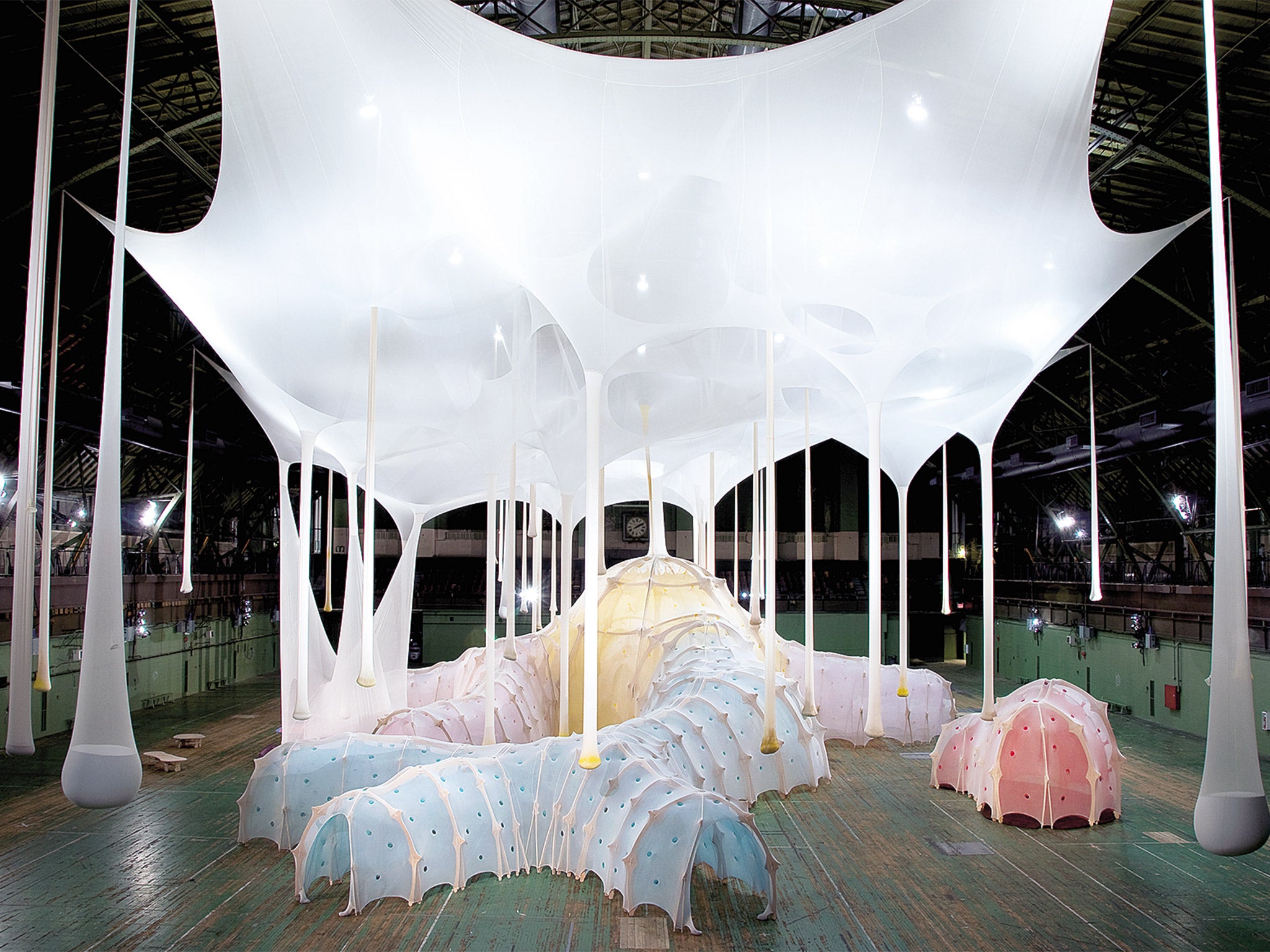
Your support helps us to tell the story
From reproductive rights to climate change to Big Tech, The Independent is on the ground when the story is developing. Whether it's investigating the financials of Elon Musk's pro-Trump PAC or producing our latest documentary, 'The A Word', which shines a light on the American women fighting for reproductive rights, we know how important it is to parse out the facts from the messaging.
At such a critical moment in US history, we need reporters on the ground. Your donation allows us to keep sending journalists to speak to both sides of the story.
The Independent is trusted by Americans across the entire political spectrum. And unlike many other quality news outlets, we choose not to lock Americans out of our reporting and analysis with paywalls. We believe quality journalism should be available to everyone, paid for by those who can afford it.
Your support makes all the difference.Imagine finding yourself in a maze of connected rooms. In front of you, a man is constructing a portrait of the Virgin Mary out of clumps of elephant dung and snippets of pornography. In the next room, you see a group of men straining to push a huge concrete block from one end of the space to the other and then back again, endlessly. As you make your way to a third doorway, you are confronted by a woman on her hands and knees who whips her long wet hair (which she has dipped in cheap dye) at your feet, driving you backwards. Suddenly, she turns away and begins to gnaw at the corners of a 272kg (600lb) cube of chocolate, spitting each mouthful into a heart-shaped box. You manage to slip past her and begin running down a long corridor, catching glimpses of what occupies each of the rooms that are open on either side of you: a man pouring blood into a clear mould that resembles his own head... a long queue of people waiting to be stared at by an expressionless woman... a skull fashioned from diamonds... a man with his hand on a switch, turning the lights on and off again every five seconds. You eventually find an exit and push the doors open, hoping to escape the maze. But as soon as you step outside, you are paralysed by the sight of an enormous steel spider, nine metres (30ft) in height, towering above you and, behind that, a West Highland Terrier, 12 metres tall, whose colourful fur is made out of living flowers...
Contemporary art is exhilarating, bewildering and, at times, terrifying. No era in the history of human creativity has ever been so diverse in its vision or so seemingly disconnected in its achievement than the one in which we currently live. Although individual paintings by Raphael, by Michelangelo and by Leonardo da Vinci may reveal the temperament and unique brushwork of the artists who created them, when seen together the works of these three masters, however distinctive, are aesthetically consistent and all belong unmistakably to the same High Renaissance moment. They sing, as it were, from the same historical hymn sheet.
But what score could hope to harmonise the discordant voices, say, of the world-weary flesh of British painter Lucian Freud's later portraits and the steep heap of cellophane-wrapped candies that comprises Cuban-born Felix Gonzalez-Torres's conceptual installations? What can possibly unite into a coherent narrative the motivations behind American artist Robert Gober's sculpture of a Winchester rifle melted across a plastic basket filled with Granny Smith apples and Mexican artist Teresa Margolles's installation of floating soap bubbles, wafting from a machine filled with water used to cleanse dead bodies? How are we to square the vision of controversial Belgium artist Wim Delvoye, who tattoos the backs of living pigs with sprawling designs, with that of American glass sculptor Dale Chihuly, who has transformed the field of blown glass with sprawling chandeliers of sinuous fronds?
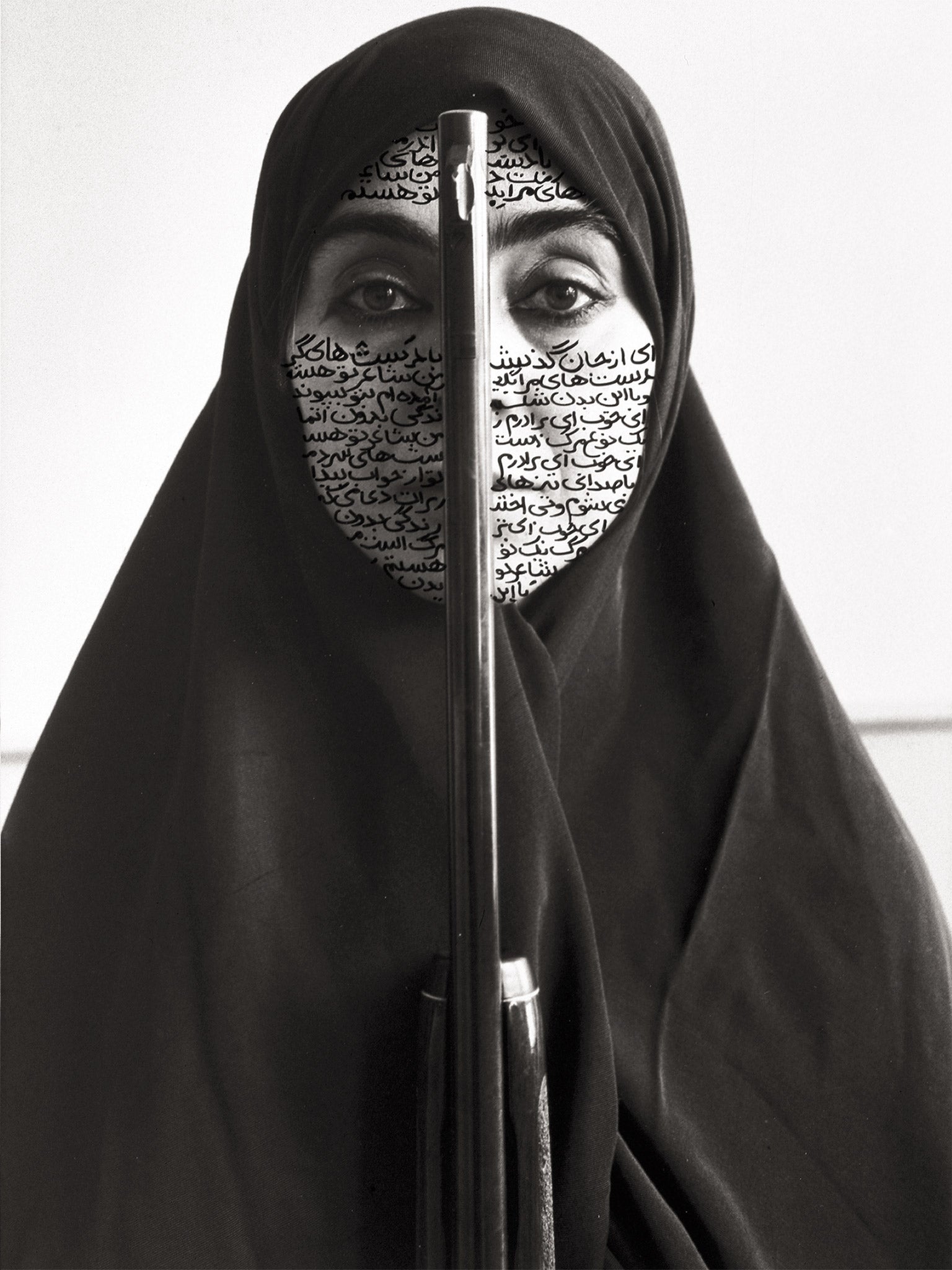
Our story begins at a moment of extraordinary upheavals around the world. It starts in the most astonishing stretch of months that bridged the political cataclysms of 1989 and the unprecedented scientific and technological awakenings of 1990.
If 1989 saw one era of human history come to an end with the collapse of the Berlin Wall, student protests in Beijing's Tiananmen Square and the wave of democratic revolutions that swept across Eastern Europe – from Czechoslovakia to Poland, Hungary to Romania – the ensuing 12 months witnessed the dawn of a new cultural epoch without obvious parallel in the story of mankind. It was in the year 1990 that our knowledge of the universe would be changed forever with the launch of the Hubble Space Telescope, that our understanding of the very fabric of our bodies would be sharpened immeasurably with the unveiling of the Human Genome Project, and that our ability to communicate with one another and to share information would be utterly transformed with the introduction of the World Wide Web.
Great art vibrates with the pulses of the age that provoked it and succeeds in chronicling its generation's consciousness more profoundly than any other human document can. However valiantly historians of the Spanish Civil War may endeavour to piece together the events of 26 April 1937, when a defenceless Basque village was ravaged from the sky by fascist forces, it will forever be Pablo Picasso's mute testimony, Guernica (1937), that reverberates in our imagination with the meaning of those atrocities.
But what of our own age? Which artists have managed to record the rhythms, triumphs and traumas of our time? Guernica is notable not only for its ability to capture the anguish of a given moment, but also for its genius in redefining the very nature of history painting. Picasso's devastating canvas, in other words, not only looks back to what happened, but endeavours to drive art history forward by forging a new language with which to convey intense feeling. It is this idea which has driven me to search out those artists who, in our own era, have likewise undertaken to shape a fresh visual vocabulary and whose works reflect upon the turbulent years since the world began delving deeper into the unknown depths of outer and inner space than any generation before has ever attempted.
The dismantling of the Berlin Wall, which began in November 1989 – symbolising the tearing down of the Iron Curtain that stretched across the Soviet-aligned nations of Eastern Europe – and the subsequent hurtling, five months later, of a pioneering scientific lens out past the furthest horizon of conceivable vision (when the Space Shuttle Discovery released the Hubble Space Telescope into the great beyond), provide powerful metaphors for the sudden boundlessness of imagination that characterises the art created in the ensuing months and years.
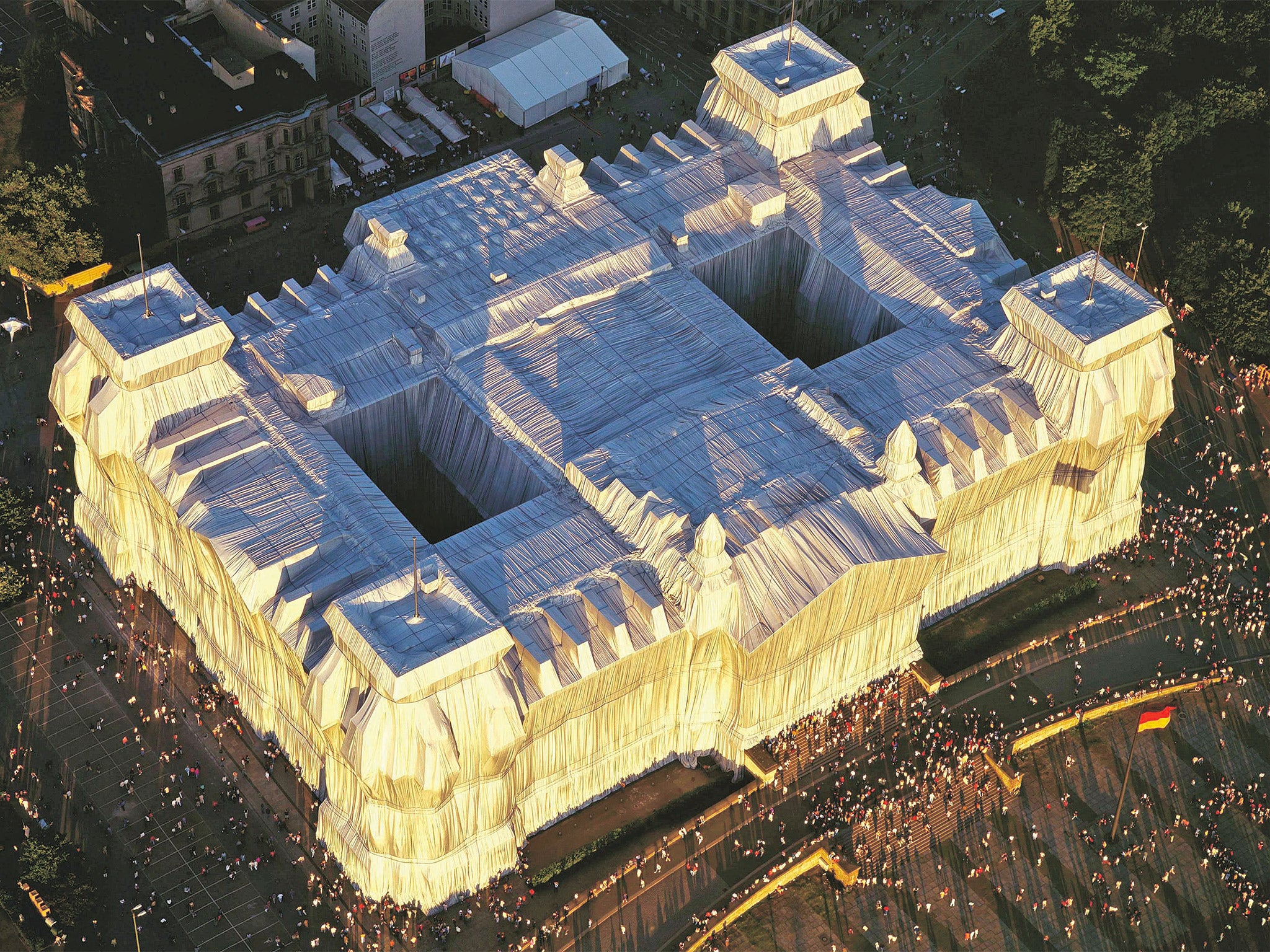
For over a century, since the closing decades of the 19th century, the story of modern art had appeared to be a relentless succession of prevailing styles. One after another, Impressionism gave way to post-Impressionism, Cubism blurred into Surrealism, Fauvism morphed into Abstract Expressionism, Pop Art into Postmodernism... Then, suddenly, the very notion of a dominant aesthetic style appeared to many as outmoded an aspiration as any tyrannical political dogma. The days of overarching philosophies and theoretical manifestos to which artists either adamantly adhered or which they robustly repudiated were gone. Without an orthodoxy to resist, there can of course be no avant-garde – no overthrowing of an old order by a new one.
Dramatic pronouncements that the history of art itself had reached its final act were being made by prominent critics, such as Arthur Danto, who speculated in the mid-1980s that mankind was rapidly approaching "the end of art". Such writers conjectured that the future of creative expression would no longer take the form of an unfolding narrative of distinct chapters devoted to individual movements – the medieval period followed by the Renaissance, romanticism followed by realism – but would instead be a shapeless and unending aeon of individual visions: an anything-goes free-for-all of hit-and-miss wonders.
So far, such prognostications have been proved correct. In the current climate, there is no overriding style, technique or attitude governing artistic practice; nor is there any prevailing medium. For centuries, three predominant genres (painting, drawing and sculpture) accounted for nearly all of what society meant by the word "art". To restrict observation now to those three categories would be to blind ourselves to a majority of the exceptional work currently being made.
What began as an audacious gesture when the French artist and thinker Marcel Duchamp introduced into artistic discourse the concept of the so-called "ready-made" – which most infamously took the form in 1917 of a urinal he entitled Fountain – quickly caught fire in the mischievous imaginations of Pop Artists in the 1950s and 1960s. Today, conceptual art, which often employs found or retail objects appropriated from everyday life, has been broadly embraced as vibrant and viable a strand of creative expression as more conventional works fashioned by brush, pencil or chisel.
Add to this the textures of new technologies introduced in the era of digitisation and the full palette of possibilities now available to artists would be virtually unrecognisable to any creator of visual work in the previous 40,000 years, since mankind first began making art for the eyes. An exhibition of objects by an artist operating today is as likely to consist of videos, dioramic vitrines, displays of digital photographs, found objects and live performances as it is to feature a painted canvas, a work on paper demonstrating an agility of draughtsmanship or a three-dimensional object cast in metal, marble or clay.
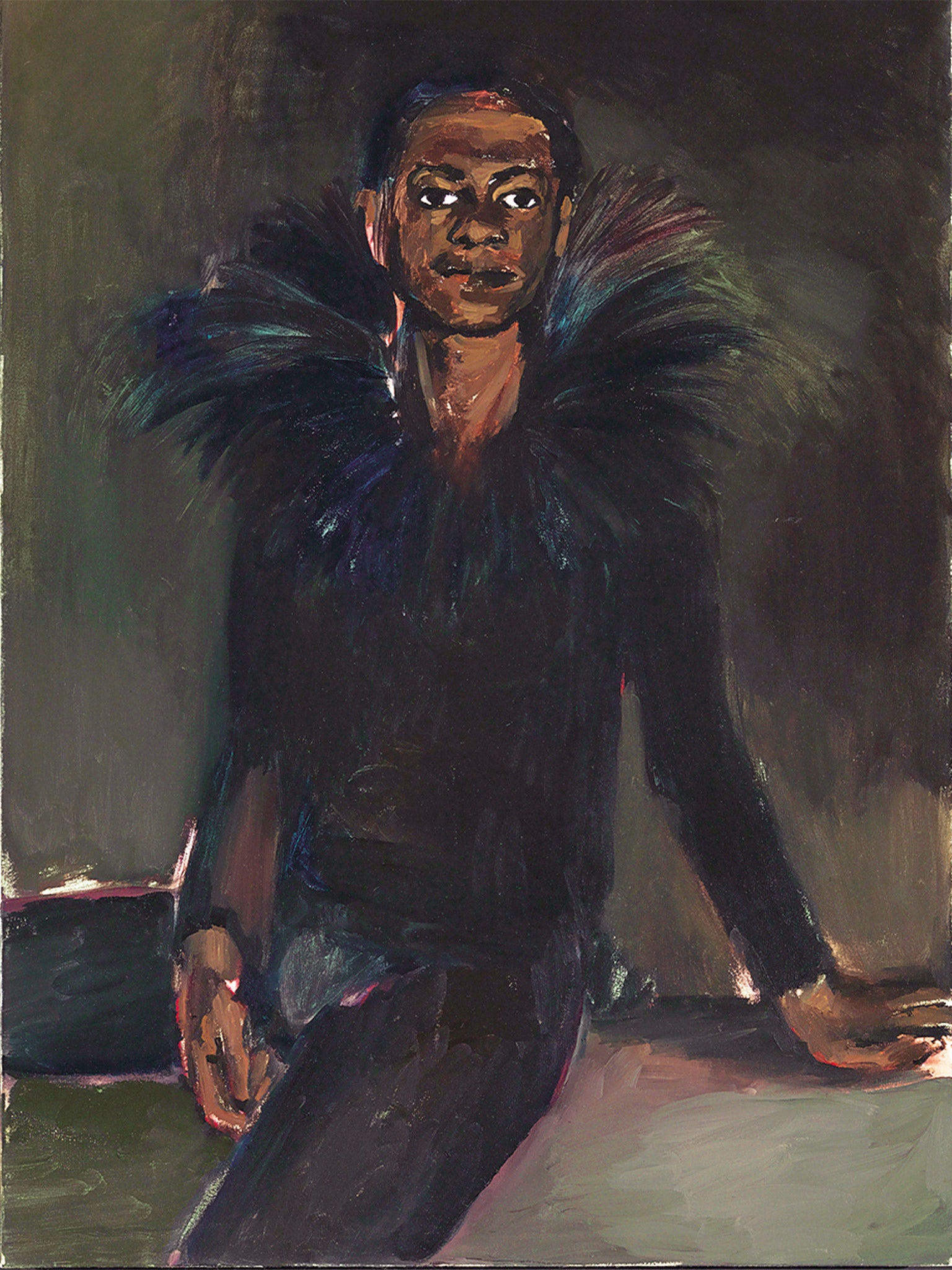
It is extraordinary to reflect that the techniques and media that we regard today as traditional in the making of art were once cutting-edge and would have struck early observers of their use as bold and innovative. The appearance of stretched linen canvas, for example, as a support for oil paint would have seemed groundbreaking in the 14th and 15th centuries to observers conditioned to expect the warp and heft of a painted wood panel. So rapid has been the recent assimilation of electronic gadgetry into our everyday lives, it is easy to forget just how new and pioneering its use is in the making of art. The combined vantage and density of detail in works such as German photographer Andreas Gursky's nightscape Los Angeles (1998) would not have been possible before the democratisation of digitisation and seems to brood over an awakening world of artistic possibility.
Freedom of form has been matched in recent decades by an overdue liberation in whom society presumes is making art and where it is that art is expected to be made. While the contribution of female artists to the ferment of creativity in previous eras has routinely been undervalued by historians, to diminish that achievement today would be to misrepresent the true shape of contemporary artistic consciousness.
Nor is it any longer possible to pinpoint a single geographical capital of vision. The convenient map on which critics once traced the shifting of cultural co-ordinates, from Paris in the late 19th and early 20th centuries to New York in the post-war years, has dissolved into the homogenising pixilation of digitised global positioning systems. Art is everywhere and can no longer credibly be discussed as a chiefly Euro-American phenomenon. Any effort to summarise its emphases must be prepared to accommodate examples from Latin America, Asia and Africa.
This total untethering of what art can be, who makes it and where it can be found has been matched by a reassessment of art's appropriate place in society, not to mention what reasonable financial value should be attached to it.
Before the 1990s, the Venice Biennale offered a unique international forum for the showcasing of new work by contemporary artists. In the past three decades, however, yearly and biannual events devoted to exhibiting the work of distinguished and emerging artists have been established in scores of cities around the world, most notably in Basel, Hong Kong, Istanbul, London, Los Angeles, Miami, Paris, São Paulo and Shanghai. Whether explicitly commercial in design or not, these forums are now crucial to the building of artists' reputations and, consequently, to the setting of prices that their work is capable of fetching. While an artist's market appeal has, throughout history, played a formative role in determining the trajectory of his or her profile, some commentators on the state of contemporary art, and on its resale value at auction, have concluded that money has come to have a "disfiguring effect" on quality and on the discerning public's ability to distinguish great work from that which merely commands a high price.
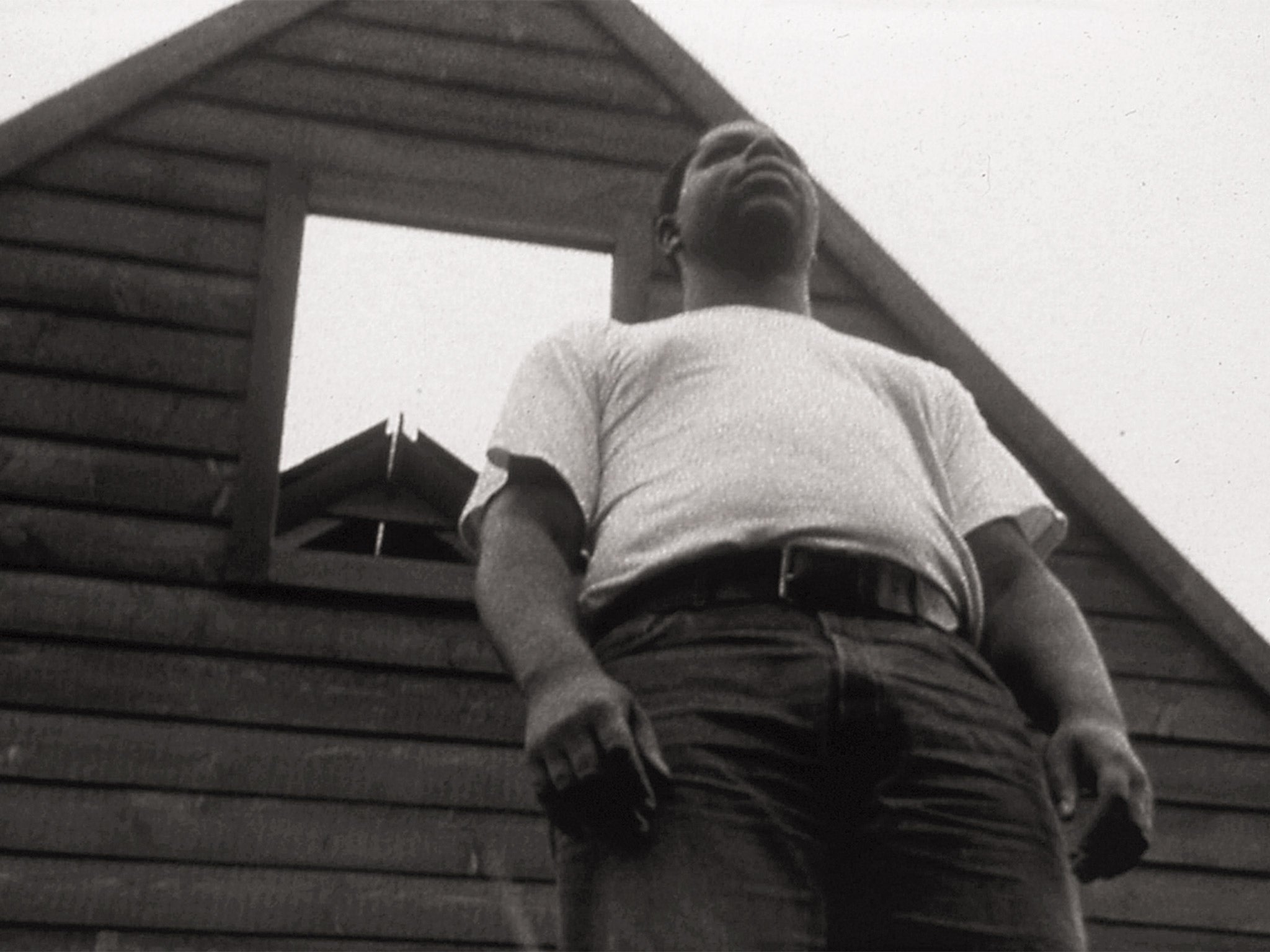
Nearly every year brings news of another sales record broken for a work by a living artist. In October 2012, an anonymous bidder made headlines at a Sotheby's auction in London when he spent €26.4m for German artist Gerhard Richter's generically entitled 1994 painting Abstract Picture (giving the seller, the guitarist Eric Clapton, a healthy €24m profit on his initial investment of 11 years earlier). That record, however, was remarkably short-lived. The following autumn saw the sale at a Christie's auction in New York for €46m of American sculptor Jeff Koons's stainless steel Balloon Dog (Orange) (1994–2000), outdistancing the record-setting price paid for Richter's work by almost 80 per cent. One year later, in November 2014, a contemporary art sale at Christie's broke the record for the highest total sales in auction history, attracting $852,887,000 in winning bids on an evening spending spree that saw the shattering of records for a single work by 11 contemporary artists, including American abstractionist Cy Twombly ($69,605,000), German painter Georg Baselitz ($7,445,000) and Japanese artist Yayoi Kusama ($7,109,000).
Such steep rises have increasingly outdistanced the budgets of public museums and galleries, marginalising their traditional role in assessing the quality of a given work or the importance of a particular artist. The promise of enormous profit has attracted a new class of private art collector who, some allege, is less interested in the enduring significance of the objects than in their resale potential. "The new job of art," the critic Robert Hughes remarked in 2008, "is to sit on the wall and get more expensive."
Hughes's concern, that the monetisation of art compromises artistic integrity and confounds critical judgment, cannot be dismissed by any serious commentator seeking to survey the imaginative terrain. Our task is to create a framework for appreciation that ignores the fluctuating commercial status of individual artists and to set to one side the whims of the capricious marketplace. The extraordinariness of our age is reflected in the artworks it has generated, no matter the position to which they have been jockeyed in the horse race of galloping prices. The finest art of our era, of any era, offers much more than merely a snapshot of what opulent baubles the super-wealthy can hoard. In the greatest art of an age we find preserved a semblance of who we were, are and are yet to become.
'Art Since 1989' by Kelly Grovier (Thames & Hudson, £12.95,) is published on 16 November
Join our commenting forum
Join thought-provoking conversations, follow other Independent readers and see their replies
Comments